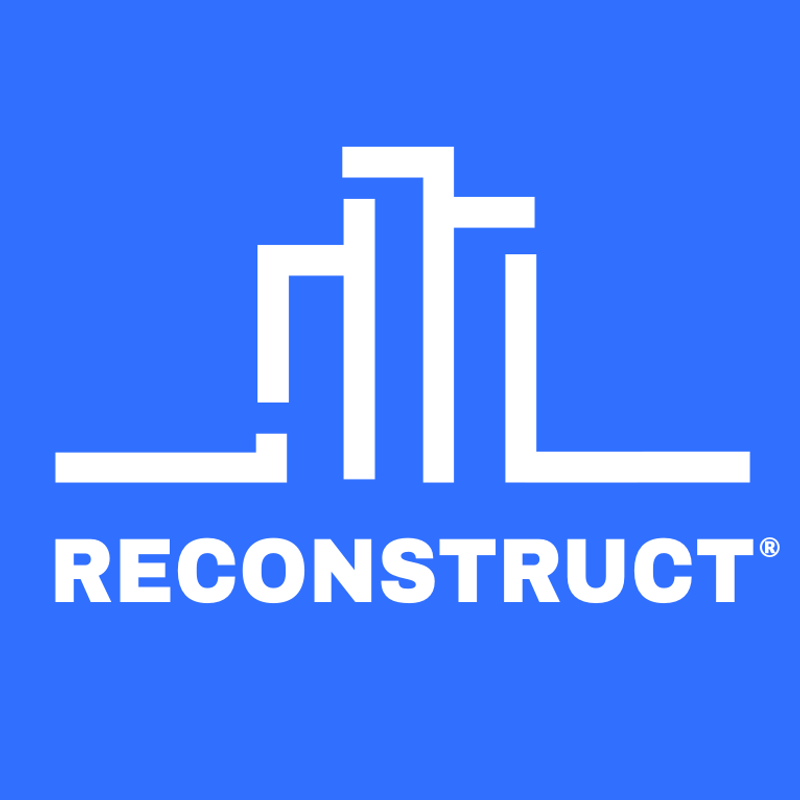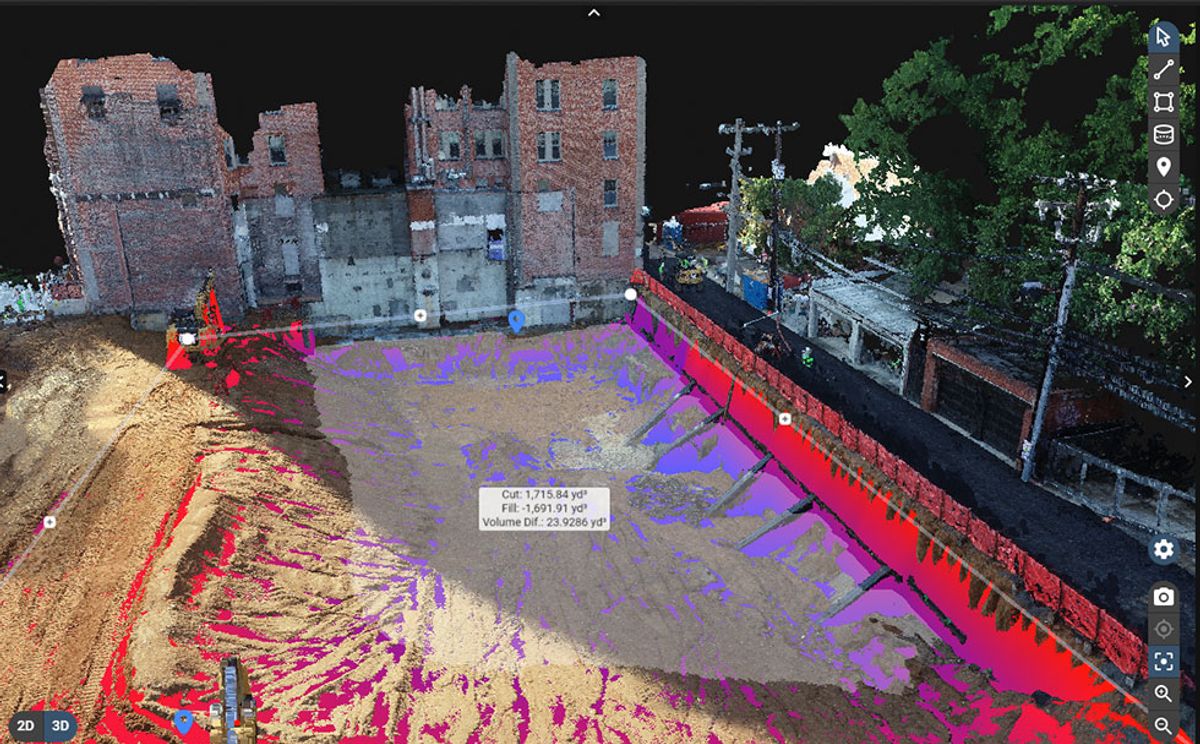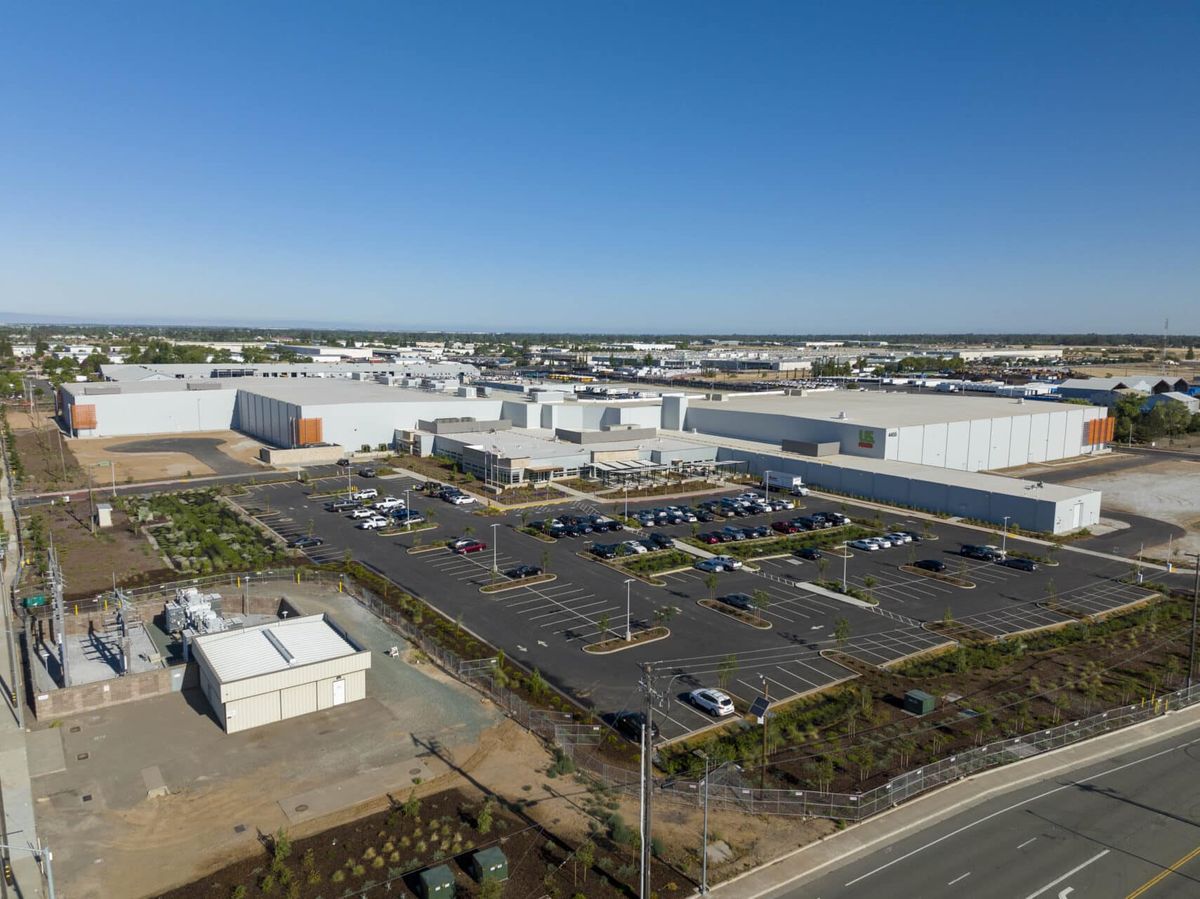Selo Residential Development
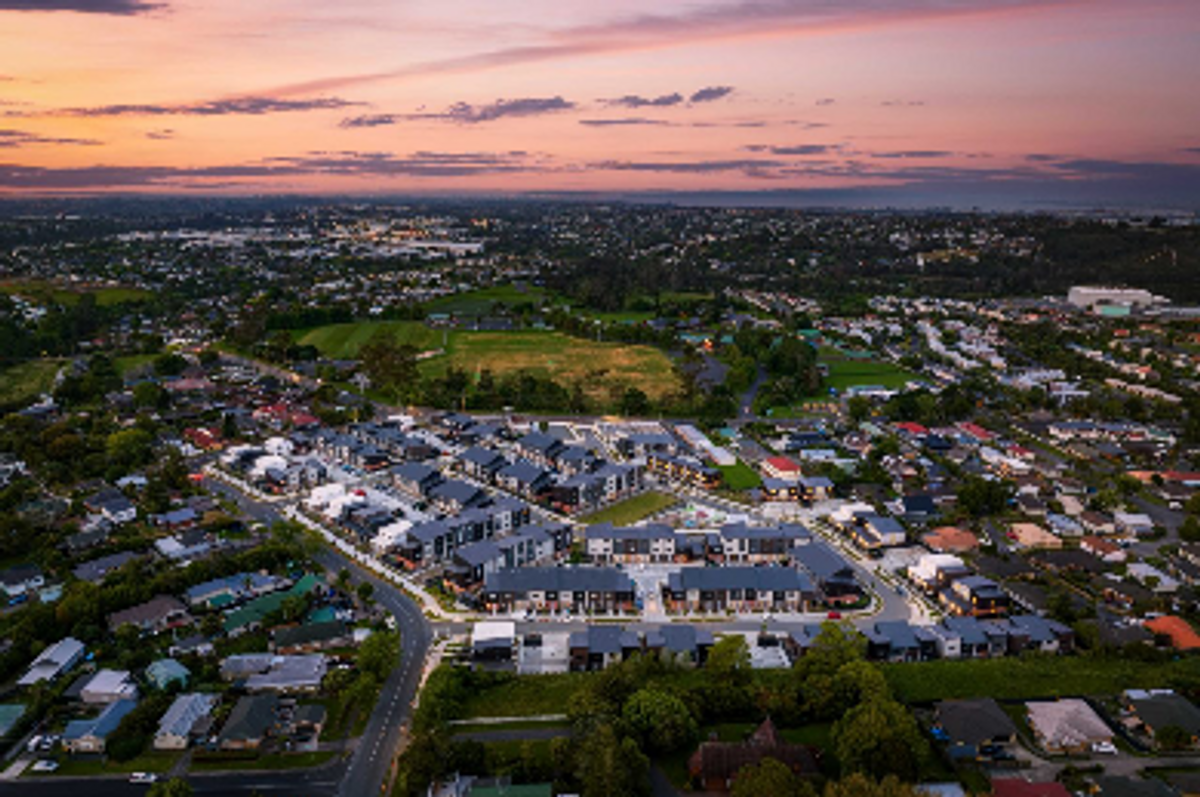
Case Study Description: Client: Aedifice Local Engineer: Civix Project Name: Selo Location: Auckland, New Zealand Project Size: 11 acres Road Network: 5 miles Tech Solution: Allsite.ai - Service AI 1.0 Project Overview Aedifice, a leading property development firm, sought to develop the Selo project, a 11-acre residential community in Eden Terrace, Auckland, New Zealand. The project encompassed 243 buildings across 210 lots, with an extensive utility infrastructure involving over 5 miles of sanitary sewer, wastewater, and water supply pipes. To address the complexity of this large-scale development, Aedifice partnered with local engineers Civix who leveraged the innovative Allsite.ai platform, specifically Service AI 1.0, to optimize the design and construction process. The Challenge The Selo project faced several challenges due to its size and scope, including the need to design a highly efficient underground pipe network. The requirements were substantial: 555 (2.7 miles) storm drain pipes 385 (1.7 miles) sanitary sewer pipes 536 (2.6 miles) water supply pipes The intricate design had to meet stringent engineering rules, including proper pipe cover, minimum clearance between pipes, and minimum grades. Additionally, the design needed to be cost-effective, balancing both capital (CAPEX) and operational (OPEX) expenses while minimizing risks of structural conflicts like pipes too close to retaining walls. Flood resilience was also a critical concern, as the area was prone to flooding. Technology in Action: Allsite.ai's Service AI 1.0 To overcome these challenges, Civix utilized Allsite.ai's Service AI 1.0, an intelligent tool designed to automate and optimize engineering designs. Service AI 1.0 provided a comprehensive solution for the pipe network by: Setting all pipe invert levels to ensure compliance with engineering rules. Automatically designing the pipe network to minimize CAPEX and OPEX costs. Implementing built-in QA checking to detect potential design conflicts, such as pipes near retaining walls. Automatically sizing pipes based on specified catchments and performing a full flow analysis to ensure optimal performance. Generating detailed pipe long sections, capacity tables, and plan views that adhered to Auckland City Council standards, eliminating the need for manual drafting. Calculating trench volumes and setting excavation methods (shoring or benching), improving communication between developers and construction teams. In addition, semi-automated flood modelling was conducted using the Tuflow flood engine, ensuring the design was resilient against future flood events. Client Feedback According to the projects Professional Engineer from Civix, “Using Service AI 1.0 and Allsite.ai, iterations of servicing design took less than an hour. Every pipe invert was designed with no overrides. I was blown away by how accurate it was, creating a design better than a human could—the design had lower construction and operational costs, giving a great result for the client.”
Key Facts
View key facts for "Selo Residential Development".
Tools Used in the Case Study
Discover which tools and technologies were used for "Selo Residential Development".
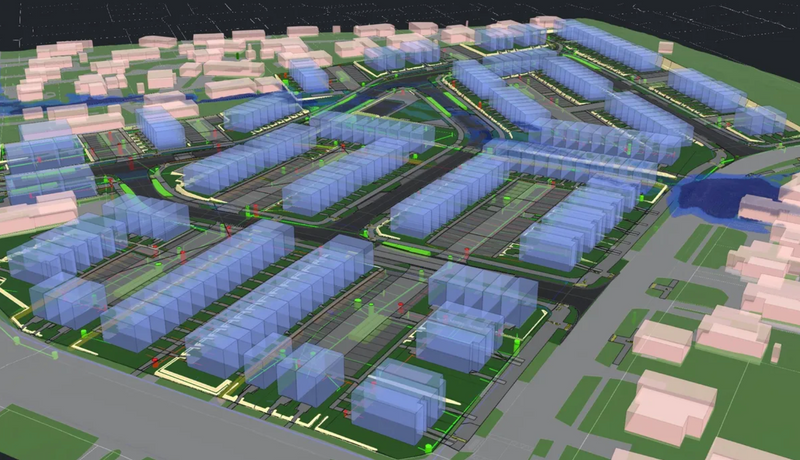
Allsite.ai
Allsite.ai provides AI powered tools that automate and streamline site design for land development projects. Level AI is a grading optimizer that can perfectly balance large sites whilst designing levels such that roading complies with local rules and all lots can be services with careful consideration of flooding. Service AI 1.0 automatically designs the servicing network in 3D given a 2d network, sizing pipes and avoiding clashes whilst meeting local clearance requirements.
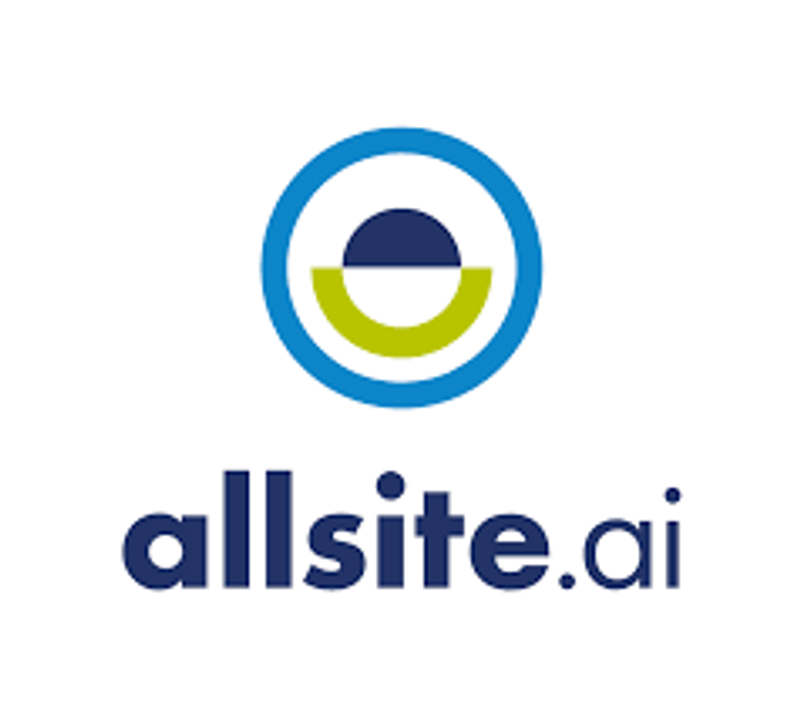
User Experience
View user experience for "Selo Residential Development".
Allsite.ai's Service AI 1.0 was chosen for use on the project due to its ability to rapidly design underground infrastructure.
Each iteration of network design, estimated to save approximately 16 hours of design time. There were multiple iterations of the network design throughout the life cycle of the project. The resulting designed network was reviewed by a professional engineer and the feedback was that the network was precisely optimized to a level difficult to achieve by a human thus CAPEX and OPEX savings were passed on to the client.
Manually setting inverts within 12d or Civil 3d, running calcs with excel spreadsheets and iterating design each time a new surface was created (ie if clients retaining requirements changed, for example retaining wall heights, topsoil depths, etc). Previously the network would not be fully re-designed due to cost when surface updates are made thus resulting in non-optimized network.
The use of Service AI 1.0 on the Selo project delivered significant time and cost efficiencies. Design iterations that typically would have taken days were completed in less than an hour. The AI-driven system optimized both construction and operational costs, ensuring precise pipe invert designs with no manual overrides needed. Built-in QA checks reduced design conflicts, and semi-automated flood modelling enhanced the site's resilience, as proven when the network withstood the 2023 Auckland floods without damage. Trench modelling provided excellent communication tool between the developer and contractor.
-
-
Similar Case Studies
View similar case studies to "Selo Residential Development".

